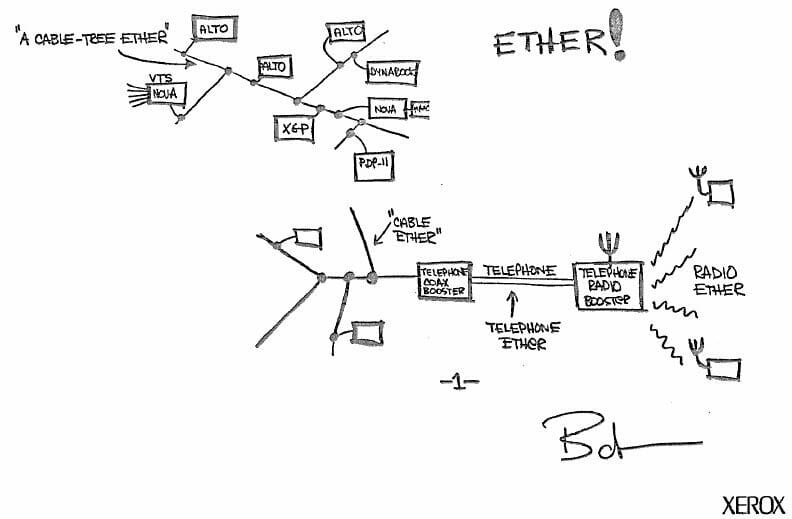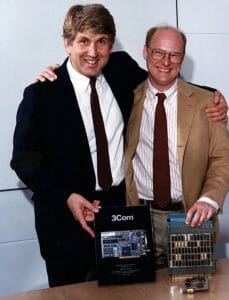After obtaining a bachelor’s degree in electrical engineering at Princeton in 1972, Boggs joined Xerox’s brand new research division, PARC — the Palo Alto Research Center in California. He found another new hire, Robert Metcalfe, in a lab trying to figure out how to send data packets down a wire. Boggs, who had a ham radio license, thought he could help with that, and joined Metcalfe on the problem. “The two would co-invent Ethernet,” wrote The Economist in 2003, “with Mr Metcalfe generating the ideas and Mr Boggs figuring out how to build the system.” Metcalfe is better known, but says he couldn’t have done it without Boggs. “He was the perfect partner for me,” he said. “I was more of a concept artist, and he was a build-the-hardware-in-the-back-room engineer.” The project took two years, but it’s still the main wired network protocol.


While at PARC, Boggs continued his education at nearby Stanford University, earning a Master’s (1973) and then Ph.D. (1982) in electrical engineering. His dissertation: “Internet Broadcasting” — which was built on by Steve Deering to create Internet Protocol Multicasting — online streaming audio and video. In 1988 Boggs received the IEEE Computer Society’s Technical Achievement Award for his work on creating Local Area Networks; Metcalfe won the same award the year before. A few years before, Boggs was giving a talk about how Ethernet worked. An audience member challenged him — that Metcalfe’s mathematical theories behind Ethernet could not possibly support multiple machines talking to each other. “Seems Ethernet does not work in theory,” Boggs deadpanned in response, “only in practice.” David Reeves Boggs died February 19 from congestive heart failure. He was 71.
